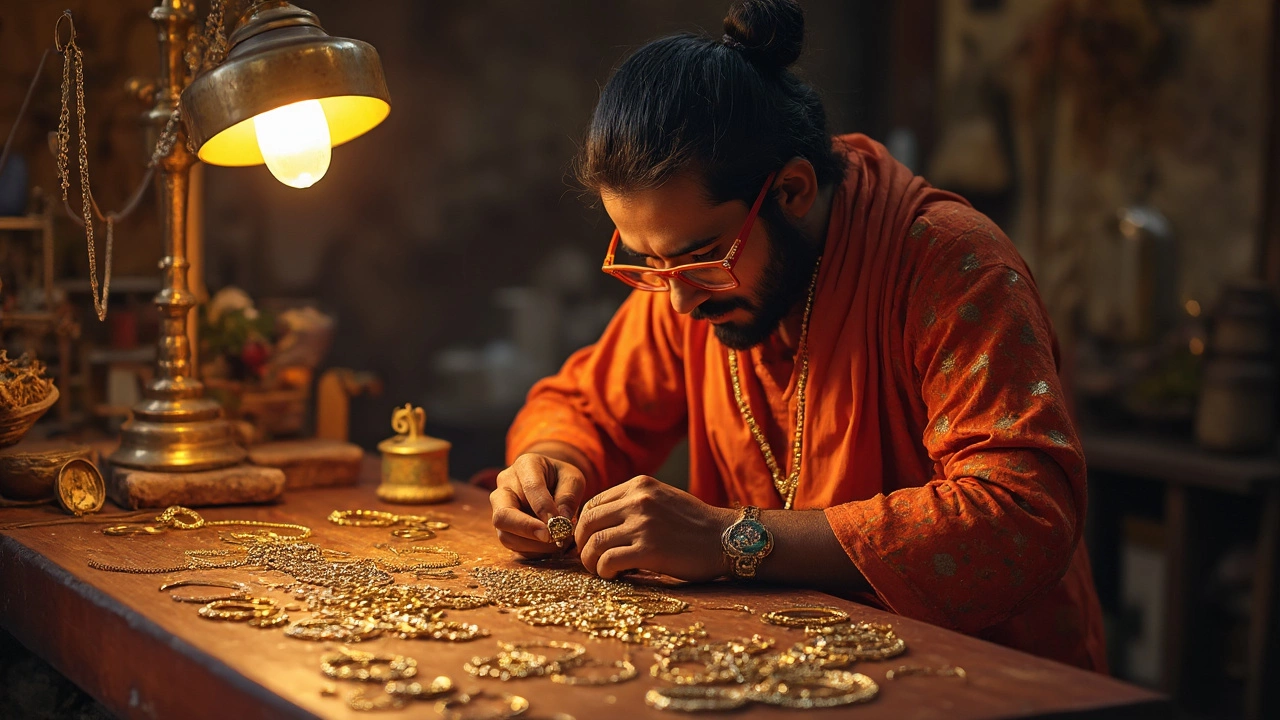Jewelry Supplies: Your Complete Guide to Materials, Tools, and Trends
When talking about Jewelry Supplies, the range of raw materials, tools, and finishing products used to create or repair ornaments. Also known as jewellery materials, it covers everything from precious metals to simple beading kits. Alongside this core idea, Gold, a precious metal prized for its luster and malleability and Diamond, the hardest natural gemstone valued for brilliance form the backbone of most high‑end pieces. For hands‑on creators, Jewelry Making Tools, pincers, hammers, torches, and design software that turn ideas into reality complete the ecosystem. In short, jewelry supplies encompass raw material, design gear, and finishing touches, and each part influences the final look and durability.
Key Components of Jewelry Supplies
Gold isn’t just shiny; its purity level, measured in karats, decides how soft or strong a piece will be. A 22K gold bar (916 purity) offers a classic yellow hue but can bend under stress, while 24K (999 purity) is soft enough for intricate filigree but less suited for everyday wear. Knowing the 750 stamp on an 18K piece tells you it’s 75% pure gold—information that helps you price, repair, or mix with other metals. This attribute‑value relationship is essential for anyone buying or crafting jewelry that needs both beauty and resilience.
Diamonds bring another layer of decision‑making. Their value hinges on the 4Cs: cut, color, clarity, and carat weight. A well‑cut 0.5 ct diamond can outshine a larger, poorly cut stone, making the choice of cut a crucial factor for lasting sparkle. Comparing diamond prices between India and the USA shows how taxes, labor costs, and market demand shape the final price tag. Understanding this economic link helps you spot a good deal and avoid overpaying for size alone.
For the DIY enthusiast, the right set of jewelry making tools can turn a hobby into a side business. Basic items like needle‑nose pliers, a jeweler’s saw, and a torch are the foundation, while specialty tools such as a bezel roller or a polishing wheel add professional polish. Pairing these tools with reliable suppliers ensures consistent quality, reduces waste, and speeds up production. In practice, having the proper gear directly impacts the speed and safety of your workflow.
Beyond materials and tools, staying current with jewellery trends and investment insights rounds out the picture. 2025’s hot styles—chunky chains, mixed‑metal layering, and sustainably sourced gemstones—show how consumer taste influences what supplies sellers stock. Meanwhile, knowing which pieces retain value, like gold and certified diamonds, guides smarter purchases and potential resale. All these pieces fit together, giving you a full view of what to look for, how to choose, and why each decision matters. The articles below dive deeper into each area, offering tips, comparisons, and real‑world examples you can apply right away.
